Research Research Highlights
Research Highlights
Research Highlights
Research Highlights
Research Highlights 미리보기

Professor Hyobin Yoo’s Research Team at SNU Develops 2D Quantum Material Platform Using Moiré Lattice Superposition
Prof. Hyobin Yoo
Seoul National University College of Engineering has announced that a joint research team led by Professor Hyobin Yoo from the Department of Materials Science and Engineering, in collaboration with Professor Young-Woo Son (Korea Institute for Advanced Study) and Professor Changwon Park (Ewha Womans University), has successfully developed a two-dimensional (2D) quantum material platform through the superposition of moiré lattices.
Research Highlights Board
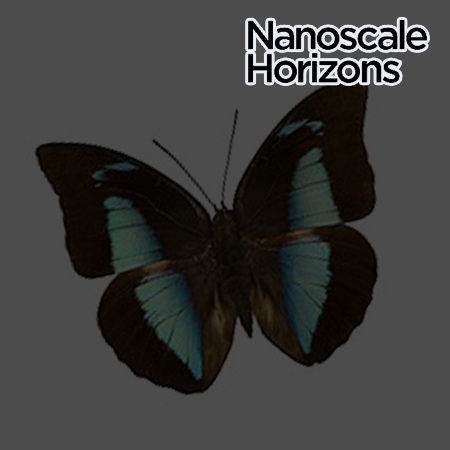
Biomimetic reconstruction of butterfly wing scale nanostructures for radiative cooling and structural coloration
Prof. Seung Hwan Ko
A great number of butterfly species in the warmer climate have evolved to exhibit fascinating optical properties on their wing scales which can both regulate the wing temperature and exhibit structural coloring in order to increase their chances of survival.
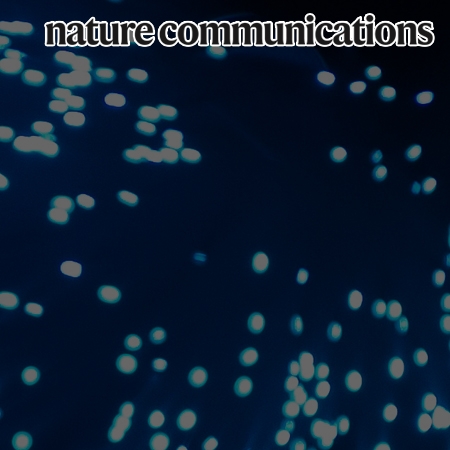
Orthogonally-tunable and ER-targeting fluorophores detect avian influenza virus early infection
Prof. Dongwhan Lee
Cell-based assays can monitor virus infection at a single-cell level with high sensitivity and cost-efficiency. For this purpose, it is crucial to develop molecular probes that respond selectively to physiological changes in live cells.

Motivational salience drives habitual gazes during value memory retention and facilitates relearning of forgotten value
Prof. Hyoung Kim
A habitual gaze is critical to efficiently identify and exploit valuable objects. However, it is unclear what salience components drive the habitual gaze choice. Here, we trained subjects to assign positive, neutral, and negative values to objects and found that motivational salience guided habitual gaze choices over 30 days of memory retention.
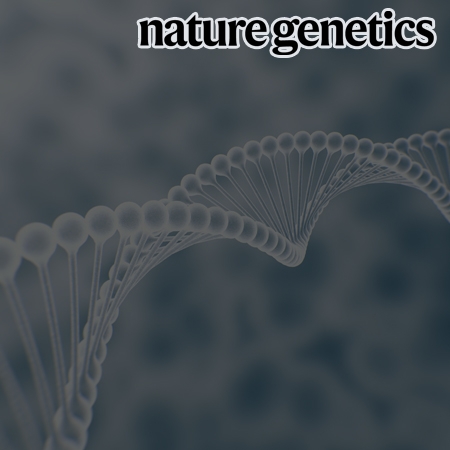
SAIGE-GENE+ improves the efficiency and accuracy of set-based rare variant association tests
Prof. Seunggeun Lee
Several biobanks, including UK Biobank (UKBB), are generating large-scale sequencing data. An existing method, SAIGE-GENE, performs well when testing variants with minor allele frequency (MAF) ≤ 1%, but inflation is observed in variance component set-based tests when restricting to variants with MAF ≤ 0.1% or 0.01%.

Reduced dopant-induced scattering in remote charge–transfer-doped MoS2 field-effect transistors
Prof. Takhee Lee
Efficient doping for modulating electrical properties of two-dimensional (2D) transition metal dichalcogenide (TMDC) semiconductors is essential for meeting the versatile requirements for future electronic and optoelectronic devices.
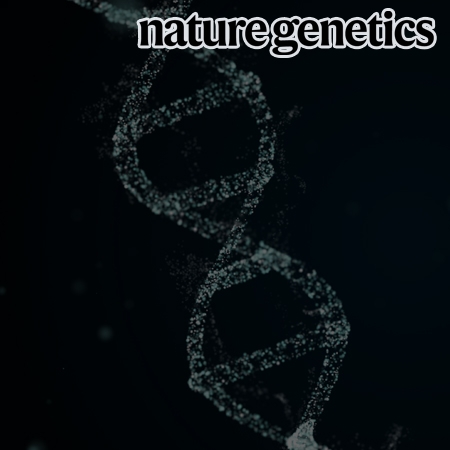
Genome-wide association analyses of physical activity and sedentary behavior provide insights into underlying mechanisms and roles in disease prevention
Prof. Taesung Park
Although physical activity and sedentary behavior are moderately heritable, little is known about the mechanisms that influence these traits.

A sustained high-temperature fusion plasma regime facilitated by fast ions
Prof. Yong-Su Na
Nuclear fusion is one of the most attractive alternatives to carbon-dependent energy sources1. Harnessing energy from nuclear fusion in a large reactor scale, however, still presents many scientific challenges despite the many years of research and steady advances in magnetic confinement approaches.
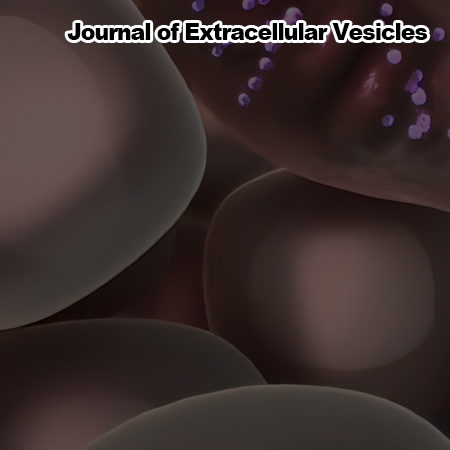
Liver-originated small extracellular vesicles with TM4SF5 target brown adipose tissue for homeostatic glucose clearance
Prof. Jung Weon Lee
Transmembrane 4 L six family member 5 (TM4SF5) is involved in chronic liver disease, although its role in glucose homeostasis remains unknown. TM4SF5 deficiency caused age-dependent glucose (in)tolerance with no link to insulin sensitivity.
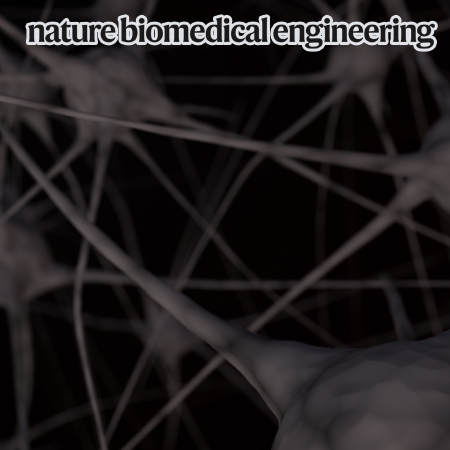
A low-power stretchable neuromorphic nerve with proprioceptive feedback
Prof. Tae-Woo Lee
By relaying neural signals from the motor cortex to muscles, devices for neurorehabilitation can enhance the movement of limbs in which nerves have been damaged as a consequence of injuries affecting the spinal cord or the lower motor neurons.

Toward gasoline vehicles with zero harmful emissions by storing NO at Pd nanoparticle-CeO2 interface during the cold-start period
Prof. Do Heui Kim
Eliminating NO emissions during the cold-start period of a gasoline vehicle. NO abatement by the joint implementation of catalyst and engine functions.
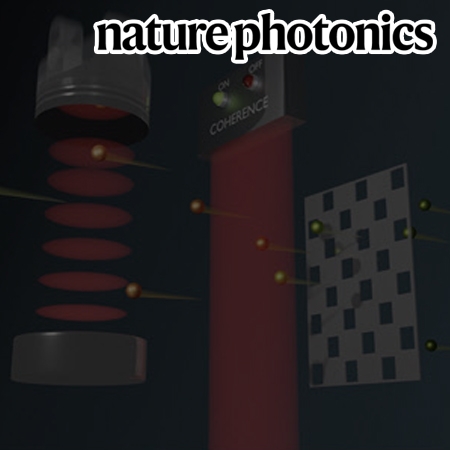
A photonic quantum engine driven by superradiance
Prof. Kyungwon An
Performance of nano- and microscale heat engines can be improved with the help of quantum-mechanical phenomena. Recently, heat reservoirs with quantum coherence have been proposed to enhance engine performance beyond the Carnot limit even with a single reservoir.
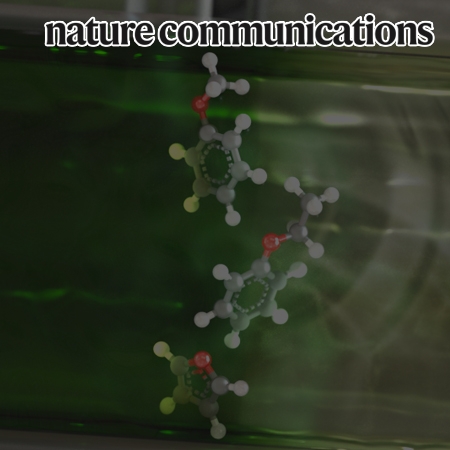
Non-fluorinated non-solvating cosolvent enabling superior performance of lithium metal negative electrode battery
Prof. Jongwoo Lim
The growth of dendrites on lithium metal electrodes is problematic because it causes irreversible capacity loss and safety hazards. Localised high-concentration electrolytes (LHCEs) can form a mechanically stable solid-electrolyte interphase and prevent uneven growth of lithium metal.

